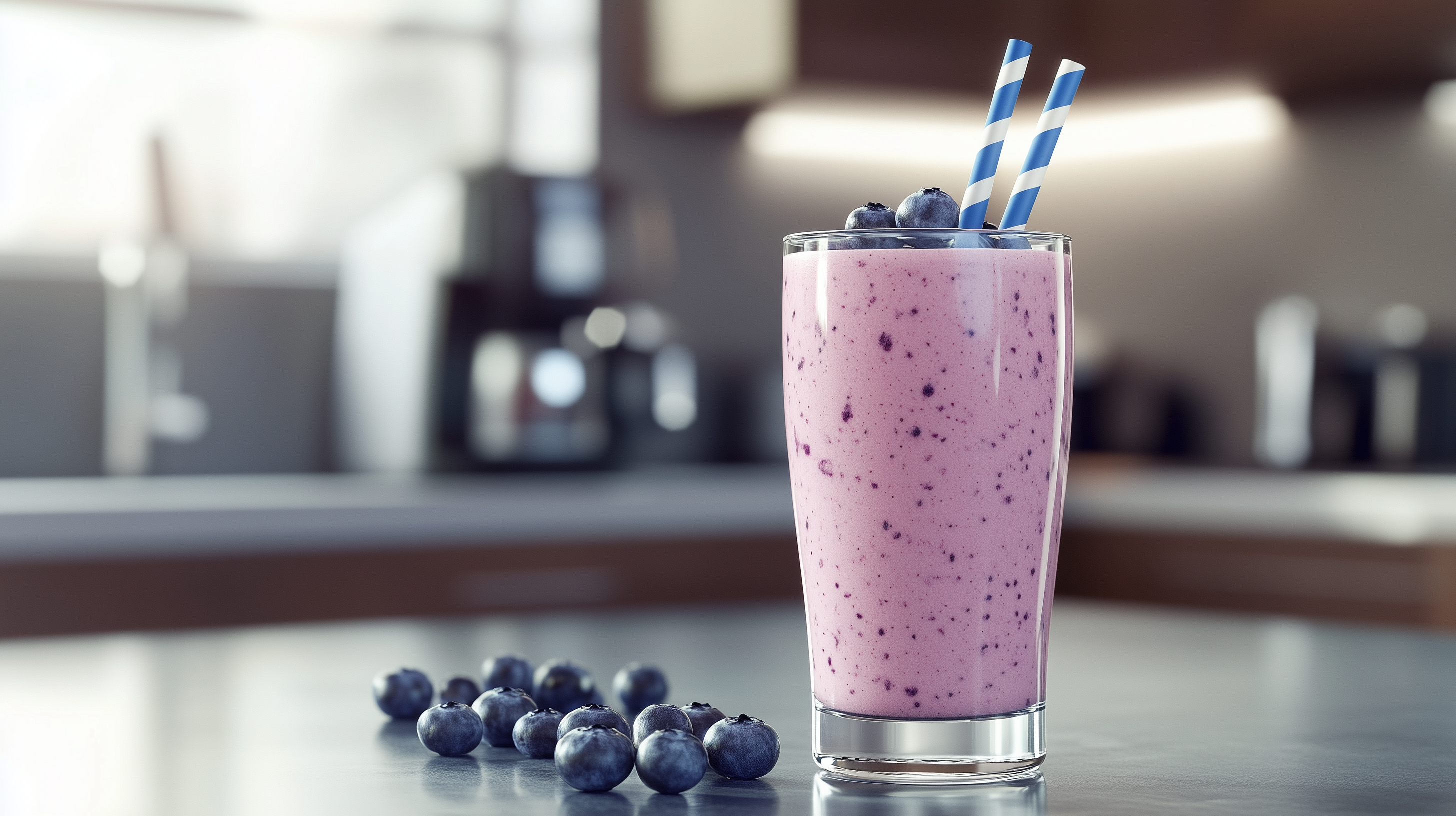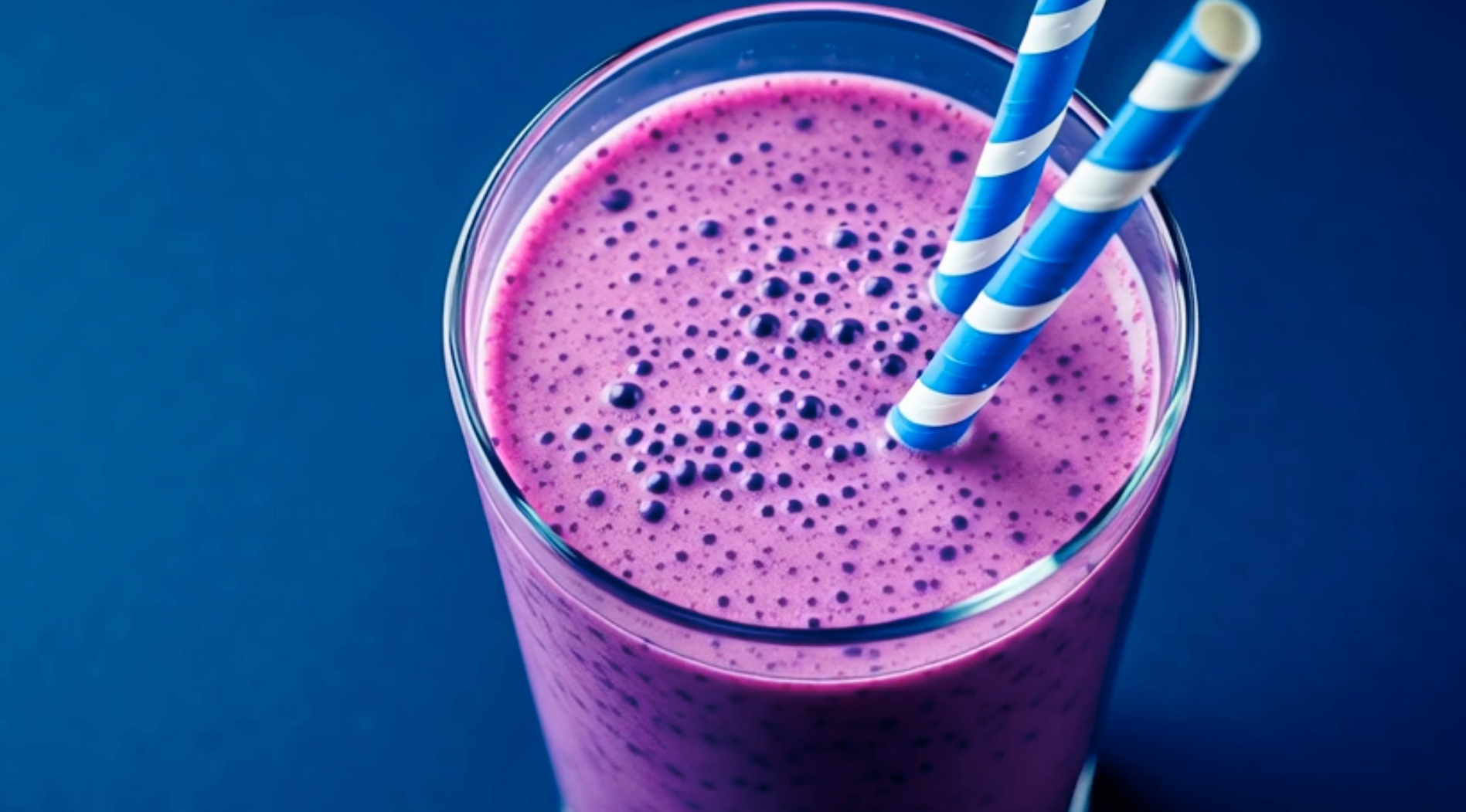Oat milk has become the go-to dairy milk alternative for health and environmentally-conscious consumers. But while many popular brands claim to be healthy, a closer look at the ingredients list can tell a different story. A common addition to many oat milks is Dipotassium Phosphate: a chemical additive used to stabilise and emulsify milk alternatives. Dipotassium Phosphate also has the European food additive number E340(ii).
At MYOM, we believe there's a better way.
In this post, we break down the science behind Dipotassium Phosphate, its potential health drawbacks, and how MYOM delivers the same oat milk performance without adding Dipotassium Phosphate. We’ve also compared the most popular oat milk brands in the UK to help you make a more informed, transparent choice.
The Science Behind Dipotassium Phosphate
What is dipotassium phosphate (E340(ii))?
You may have noticed Dipotassium Phosphate on the labels of other oat milks. Perhaps it’s an ingredient you don’t recognise given it’s not something we’d have in our store cupboards at home. So, what is it?
Dipotassium Phosphate (E320 (ii)) is a food additive, commonly found in plant-based milk products but sometimes also used in cheeses or creamers. Outside of the food industry it is used in anti-freeze, fertilisers, and paper-processing (1).
Dipotassium Phosphate is a synthetic phosphate salt used to enhance texture, shelf-life, and stability. It functions as an emulsifier, stabiliser, preservative, texturiser and buffering agent. It prevents curdling in hot coffee and helps stabilise the blend. While that may sound helpful, its health implications deserve closer attention.
What’s the concern?
Inorganic phosphates like Dipotassium Phosphate (E320 (ii)) are highly absorbable – meaning they enter your bloodstream almost entirely. Excess intake has been linked to health risks, especially in people with pre-existing kidney and cardiovascular conditions. The European Food Safety Authority (EFSA) has warned that children and high consumers are likely exceeding safe daily intake levels.
And let’s be honest – do you really want your oat milk to come with acidity regulators and phosphates?
Is Dipotassium Phosphate bad for you?
Although FDA class Dipotassium Phosphate as “generally recognised as safe”, and it is a permitted additive within the EU, there are upper acceptance levels of dietary phosphorus set.
This is because research has found elevated Phosphate levels in the blood are associated with negative health implications. This is partly due to excess phosphorus consumption leading to disruption in the calcium/phosphorus balance.
Because of the increased use of food additives, the estimated daily intakes of Phosphate-containing additives such as Dipotassium Phosphate is said to have more than doubled since the 1990s (2). The European Food Safety Authority (EFSA) issued new advice on Phosphates in 2019, after finding total intake of Phosphates from food may exceed the safe level set by EFSA, with food additives thought to contribute up to 30% of total average intakes of phosphorous. They estimated that dietary exposure to Phosphates may exceed the new acceptable daily intake (ADI) for infants, toddlers and children with average consumption of Phosphates in their diet, and teenagers whose diet is high in Phosphates (3).
There are still some unknowns and controversy in the research about the impact of natural Phosphates vs inorganic Phosphate (e.g. Dipotassium Phosphate). A literature review published in 2012 found that unlike naturally occurring Phosphate in food, Phosphate in food additives is almost completely reabsorbed in the gastrointestinal tract – meaning it can impact serum blood levels. The authors of the paper therefore concluded that, “in view of the high prevalence of and the potential harm caused by Phosphate additives in food, the public should be informed that added Phosphate is damaging to health” (2).
Why MYOM Oat Milk Is Different
At MYOM, we’ve created an oat milk that does **not** rely on dipotassium phosphate: or any other additives, emulsifiers, or stabilisers.
-
No nasties, no nonsense
- Naturally low in sugar: less than 2g per 100ml
- Fortified with calcium, iodine, vitamin D3 and B12
- Planet-positive: recyclable shelf-stable packaging and lower carbon footprint
You get the cleanest possible ingredients, without compromising on taste or texture.
How can I avoid Dipotassium Phosphate in Oat Milk?
If you want to reduce intakes, the best way is to look out for the ingredient, Dipotassium Phosphate, by carefully checking food labels. Especially in oat milks where it can frequently appear, in fact it is in most major oat milk brands – but not MYOM.
What's in Your Oat Milk? UK Brand Comparison
We analysed five popular oat milk brands sold in the UK – and compared them directly to MYOM. Here’s what we found:
|
Brand |
Dipotassium Phosphate |
Fortifications |
|
Oatly Barista |
Yes |
Ca, Iodine, Vit D2, B2, B12 |
|
Alpro Oat |
Yes |
Ca, Iodine, Vit D & B-complex |
|
Minor Figures |
Yes |
Ca, Iodine, Vit D, B2, B12 |
|
MOMA |
Yes |
Ca, Iodine, Vit D, B2, B12 |
|
MYOM |
No |
Ca, Iodine, Vit D3, B12 |
Clean Label, Clean Conscience
Consumers are waking up to what’s really in their food and drink. The shift is clear: people want transparency, simplicity, and health without compromise. Oat milk shouldn’t require dipotassium phosphate. That’s why we built MYOM to be the smarter, cleaner alternative.
We feel this is particularly important with the research showing the increasing use and therefore intakes of phosphate from food additives.
Vitamin and minerals on MYOM’s ingredient list?
You will notice that MYOM does include calcium carbonate, and potassium iodide. These are minerals that we add to ensure MYOM contains calcium, iodine, and vitamin B12 in similar (or better) levels than found in semi-skimmed cow’s milk. We even make sure it includes a source of vegan-friendly vitamin D, given many of the population are thought to be deficient.
Ready to skip the additives?
Try MYOM and taste the future of oat milk – clean, creamy, and uncompromised.
MYOM Oat Milk

References
1. PubChem. Dipotassium phosphate [Internet]. [cited 2024 Jan 26]. Available from: https://pubchem.ncbi.nlm.nih.gov/compound/24450
2. Ritz E, Hahn K, Ketteler M, Kuhlmann MK, Mann J. Phosphate Additives in Food—a Health Risk. Dtsch Ärztebl Int. 2012 Jan;109(4):49–55.
3. EFSA issues new advice on phosphates | EFSA [Internet]. 2019 [cited 2024 Jan 26]. Available from: https://www.efsa.europa.eu/en/press/news/190612




